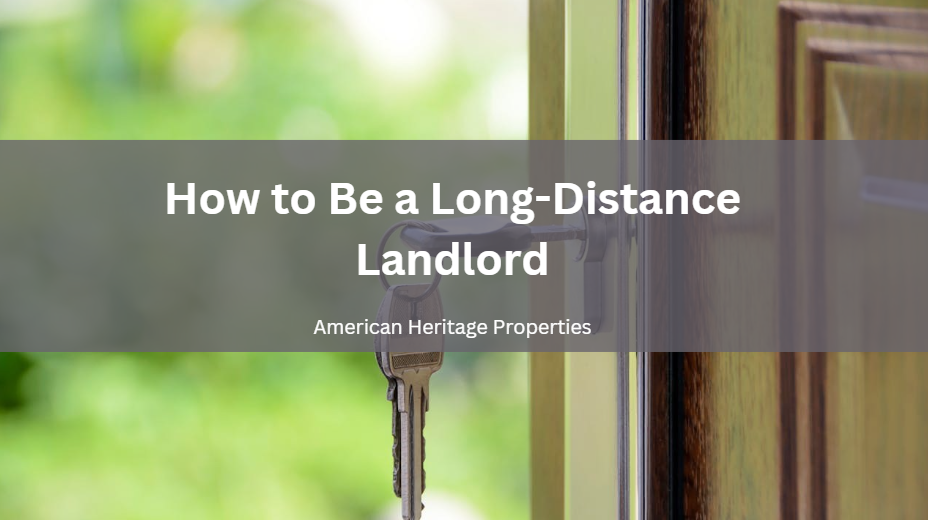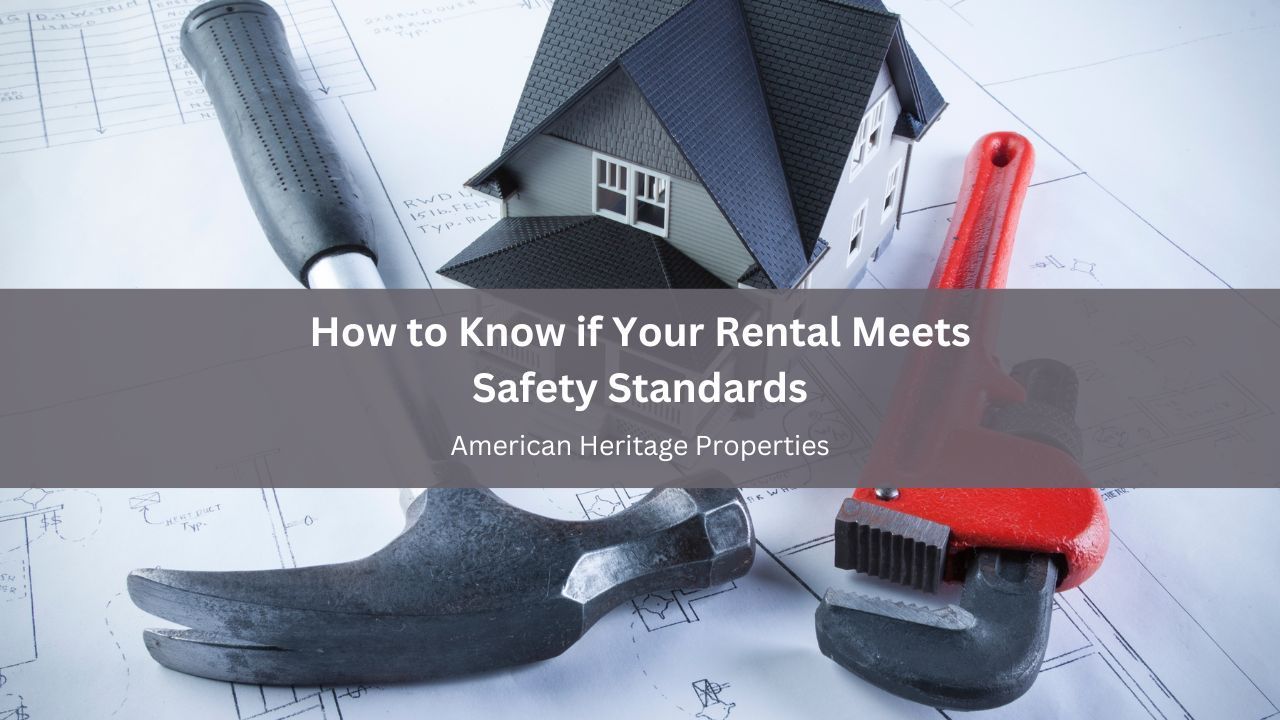Keep Your Cool: Dealing with Problem Tenants
They seemed nice during the house inspection; their credit record was good, their rental history was fine, and they had enough income to pay rent. When they finally moved in, however, all the problems just started coming. They play loud music, violate lease agreements, and are constantly late on their rent. Turns out, you’ve let a problematic bunch of people into your property.
Landlords will have to deal with bad tenants at some point. Whether it’s someone with disruptive behavior or a couple consistently at each other’s throats, one thing’s for sure–you’ll encounter them in your rental property business.
Tenants Have Rights
Tenants are protected by a number of rights. Some of the most common include the right to habitable housing, necessary home repairs, and the proper use and refund of security deposits. According to home experts, the best way to deal with problematic tenants is to familiarize yourself with these rights and the law. As a landlord, you have legal rights, too. Check your state’s resources and know where you stand.
Keeping a Cool Head
Be courteous and professional. Don’t shout or yell at your tenants, as it can only make the situation worse. If a tenant violates terms of the lease, start with a phone call. Follow it up with a formal letter attached to a copy of the rental agreement with the violation properly highlighted.
If the issue is rent-related and a phone call and letter didn’t work, experts suggest starting the eviction process. Be careful not to engage in a “self-help eviction,” though. Don’t throw, threaten, or lock tenants out, as you might get in trouble with the law.
The Proper Eviction Process
Every state requires the filing of a notice of eviction that has to be delivered to tenants, giving them a certain number of days to move out or pay their rent. In California, for instance, tenants are given three days to pay rent or quit.
Once the eviction is underway, steer clear of the property and the tenant—and expect to do some repairs afterwards.
Dealing with problem tenants can be challenging; you need to make sure you’re following the law before you make any moves. This is why it pays to get some help. For quality rental home management services, contact us. Our property managers will manage your investment effectively and will make sure that you never have to deal with problem tenants again.









